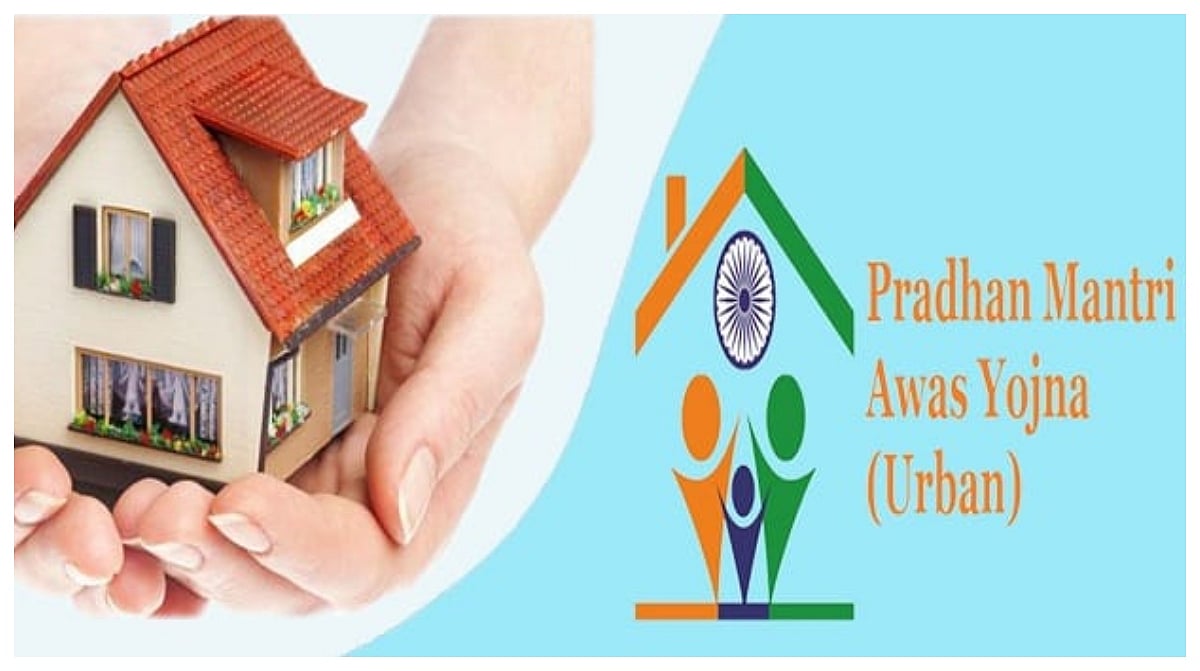PMAY-U Sparks 1.2 Crore Housing Sanctions, Boosts Spending & Wealth Effect: SBI Report
PMAY-U 2.0 was launched on September 1, 2024, to provide Central Assistance to 1 crore eligible urban families, ensuring that citizens of urban India enjoy an improved quality of life.

File Image |
New Delhi: At least 1.2 crore houses have been sanctioned under the Pradhan Mantri Awas Yojana-Urban (PMAY-U) and PMAY-U 2.0 (till August 25), and the scheme is acting as a change agent with it becoming a catalyst for enhanced discretionary and even non-discretionary spending with a demonstrated wealth effect, financial stability and well-being, an SBI report said on Wednesday.
Of all the houses sanctioned, the construction of 75 per cent houses have been completed. “While most of the states have progress rate of 75 per cent or more, there are some states where progress is less than 60 per cent (like Andhra Pradesh, Bihar and Haryana),” said Dr Soumya Kanti Ghosh, Group Chief Economic Advisor, State Bank of India (SBI). PMAY-U 2.0 was launched on September 1, 2024 to provide Central Assistance to 1 crore eligible urban families, ensuring that citizens of urban India enjoy an improved quality of life.
Eligible families belonging to the EWS, LIG, and MIG categories, living in urban areas, and without a pucca house anywhere in the country can purchase or construct a house under PMAY-U 2.0. The normalised Shannon entropy score is 0.84, indicating spatial evenness in housing construction under PMAY. This suggests that housing benefits are broadly distributed across states, with even low-income states actively participating in the entire process.
Shannon entropy is a measure of the uncertainty or "surprise" in a random variable's outcome. According to the report, the impact on household spending is positive for both non discretionary/debit card and discretionary spend/UPI transactions. “Debit card spending increases for those households at lowest end of quintile spending indicating that access to subsidised housing loans provides greater financial freedom and flexibility.
While part of the loan is used for construction, these households experience a perceived wealth effect — recognising that their housing costs are effectively lower than market rates,” it added. The lowest 25 per cent households in terms of spending channelize their expenditure towards traditional sources such as debit cards. Impact of discretionary household spending post disbursement of PMAY instalment is more pronounced for women borrowers, said the report. There is a spontaneous increase in UPI spending across all ages and urban and semi urban regions, it added.
Disclaimer: This story is from the syndicated feed. Nothing has changed except the headline.
RECENT STORIES
-
-
-
-
-